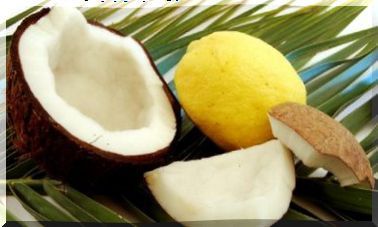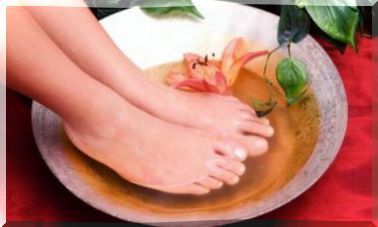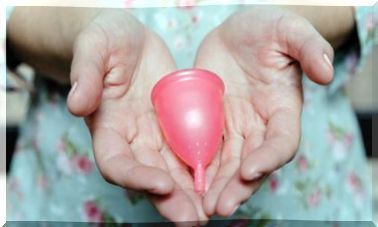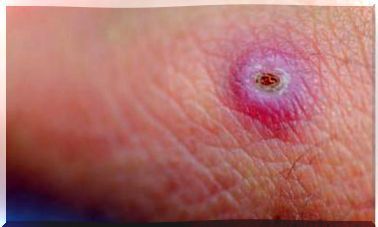3 Home Remedies To Remove Unwanted Hair
When it comes to removing unwanted hair, there are a wide variety of options. First, as the American Academy of Dermatology suggests , it is wise to consult your dermatologist to learn the pros and cons of existing methods.
As you may know, today there are different techniques, such as laser hair removal and prescription creams that greatly reduce the appearance of hair. Likewise, other traditional methods are maintained that can be considered depending on the case.
Now, there are a number of home remedies that have been used in popular culture for the same purpose. Since there is no evidence on their safety and efficacy, they should be used with caution, especially on sensitive skin. Are you interested in knowing them?
Sugar to remove unwanted hair
This natural hair removal method is also known as sugaring . According to information from Wikipedia , it is an ancient hair removal method that helps remove hair, without sticking to the skin.
In fact, an article published through the journal Dermatologic Surgery highlights that this technique is cost-effective and practical for removing hair, while removing dead skin cells. However, it can be irritating to sensitive skin.
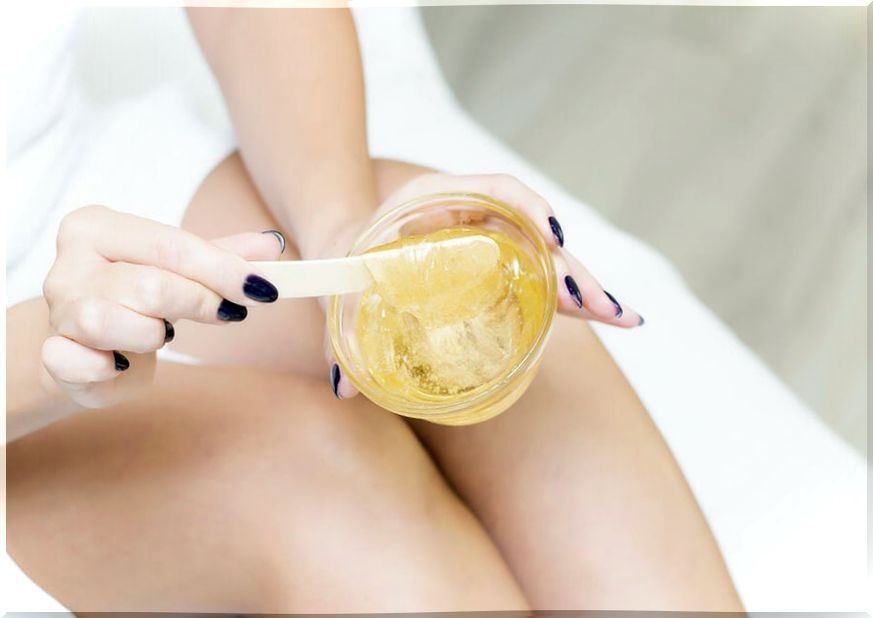
Ingredients
- 1 tablespoon of sugar (10 g)
- Lemon juice (10 ml)
- 1 tablespoon of organic honey (25 g)
- 1 and ½ tablespoons of cornstarch (15 g)
Utensils
- 1 piece of cloth
- Wooden hair removal spatula
Preparation and application
- Combine the sugar, lemon juice, and honey in a small bowl.
- Heat it for 3 minutes, being careful not to burn, until it has the texture of a paste.
- Then let it cool down to room temperature.
- Sprinkle with cornstarch the area from which we want to remove excess hair.
- Apply the remedy by moving the spatula in the same direction that the hair grows.
- Cover it with the cloth and press so that it adheres to the paste.
- Pull in the opposite direction of hair growth.
2. Hair removal with banana and oatmeal
There is not much information about this hair removal method. In fact, there are those who have questioned its effectiveness. In any case, both oats and bananas are usually safe for the skin.
So, if you decide to try it, you can make the mask that we give you below. Keep in mind that it may not remove unwanted hair 100% and requires multiple applications.
Ingredients
- 1 banana
- 2 tablespoons of oats (20 g)
Preparation and application
- In a suitable container, mash the banana with the help of a fork.
- Then, add the oats and stir until you get a more or less compact mixture.
- Massage in circular motions the places where you want to remove unwanted hair.
- Let it act for 20 minutes.
- After the indicated time, remove it with water.
- Repeat twice a week and, little by little, the hair will disappear.
3. Papaya and turmeric

Anecdotal data suggests that turmeric can help remove unwanted hair. However, this has not been scientifically proven. A study published in Phytomedicine determined that turmeric oil reduced or slowed hair growth.
However, there are not enough findings to make claims. Despite this, as in the previous case, it is usually safe when applied to the skin. Therefore, if you want to try it, we suggest this option with papaya.
Ingredients
- ½ papaya
- 1 tablespoon of turmeric (10 g)
Preparation and application
- First, chop the papaya into very small pieces and mash it into a paste.
- Sprinkle the turmeric over it and stir to mix well.
- Then, apply the paste to the parts of the body where you want to remove unwanted hair.
- Allow it to act for 20 minutes and remove it with fresh water.
- Repeat the process twice a week.
Discover other techniques with the dermatologist
You can try these homemade hair removal methods to try and remove unwanted hair. However, when applying them it is advisable to do a small test before using them in their entirety to rule out unwanted reactions.
On the other hand, it must be borne in mind that they are not as effective as other professional techniques. So, if you want something more effective, consult a dermatologist.

